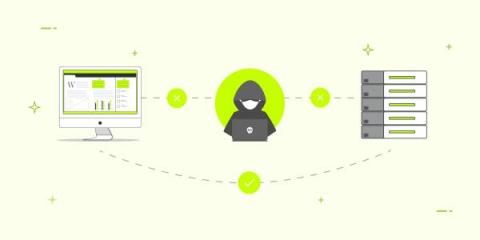Offbeat Social Engineering Tricks in a Scammer's Handbook
Contrary to stereotype, today’s cyberattacks aren’t limited to complex tactics such as the use of zero-day exploits or polymorphic malware that flies under the radar of traditional defenses. Instead of going the extra mile to set such schemes in motion, most threat actors take a shortcut and piggyback the human factor.










